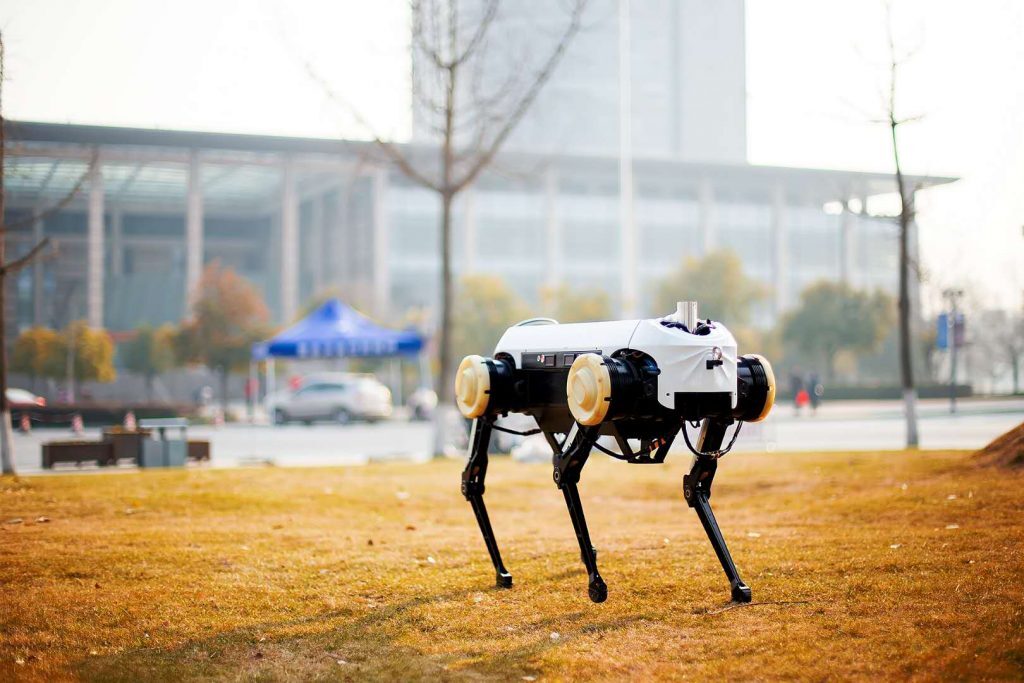You never give the robot the ability to recover. It’s an unspoken rule of the future, or at the very least it will be a rule once the robot wars kick off in earnest. Yet this future law isn’t stopping researchers at Zhejiang University and the University of Edinburgh from doing just that. In a paper published in academic journal Science Robotics, those clever folks documented an AI reinforcement system that allowed their robot dog, which looks similar to Boston Dynamics hound Spot, to both learn how to walk by itself and recover when it falls.
The dog, named Jueying by the researchers, was provided with the AI and then thrown into a set of scenarios to test its recoverability. They basically loaded an advanced, experimental AI into a robot dog and then literally pushed it around. And people actually think the Terminator movies are nothing but fanciful fiction…
Robot dogs will be our downfall
So how exactly did those boffins manage to create such an advanced AI? The process began with a virtual representation of Jueying which was guided through (and over) a series of obstacles with software that consisted of eight AIs, each of which was trained in a different skill. These would then repeat the tasks over and over again and be rewarded with points when they successfully completed whatever task they were set. Seems a little basic to train a robot dog using Pavlovian methods but if it works, it works.
Once these separate AIs were all proficient in the skills they were tasked with, they were linked under a central AI that functioned as a kind of boss. This head honcho AI then controlled and prioritised the different sub-heads (if you will) to enable the dog to get up when it falls. It’s a pretty big deal, as the amount of minute movements and balance needed to pick itself up from any unknown position is far more detailed than most people think. The ability to stand unaided a small breakthrough in its own right.
Speaking to Wired, Zhibin Li, one of the researchers involved with the project, said that the intentions behind the program are to build, “more intelligent machines, which are able to combine flexible and adaptive skills on the fly, to handle a variety of different tasks that they have never seen before.” This should make it even easier for robots to act as waitrons and herd sheep.
(Source: Engadget)
